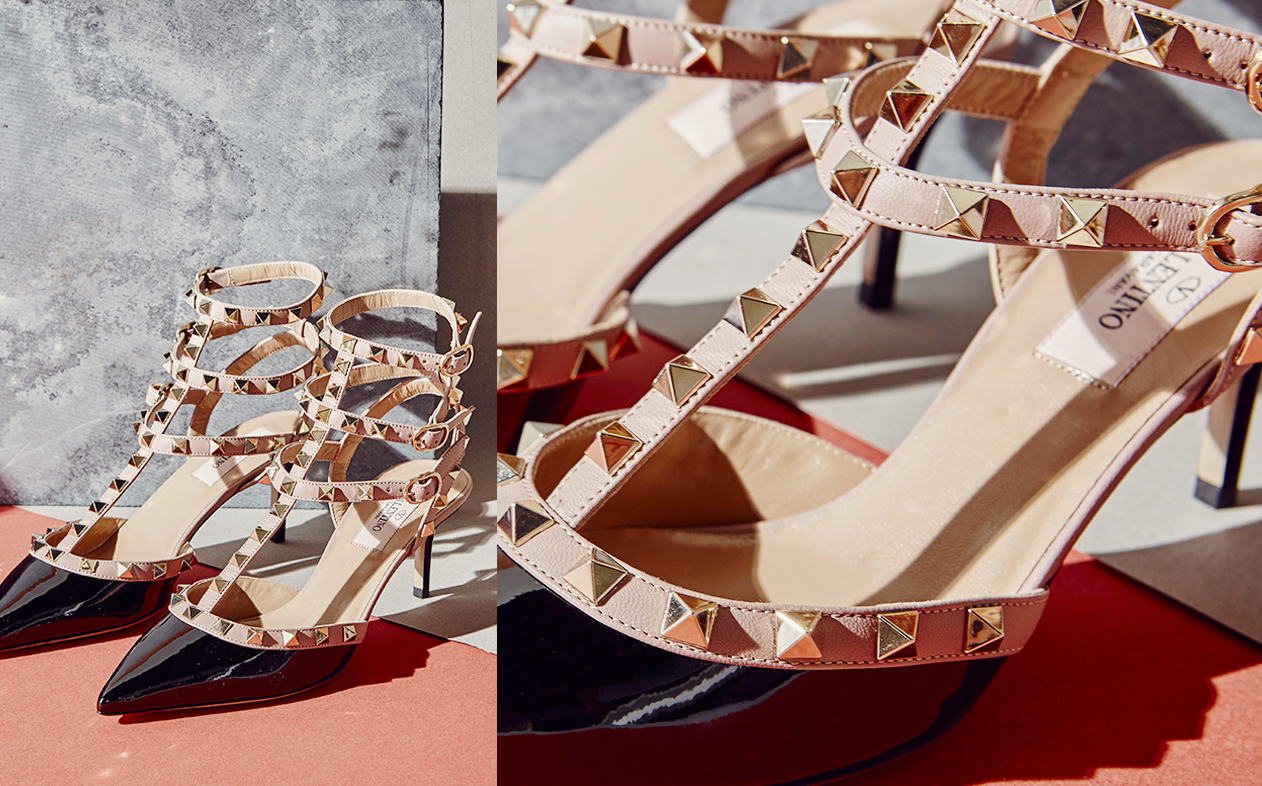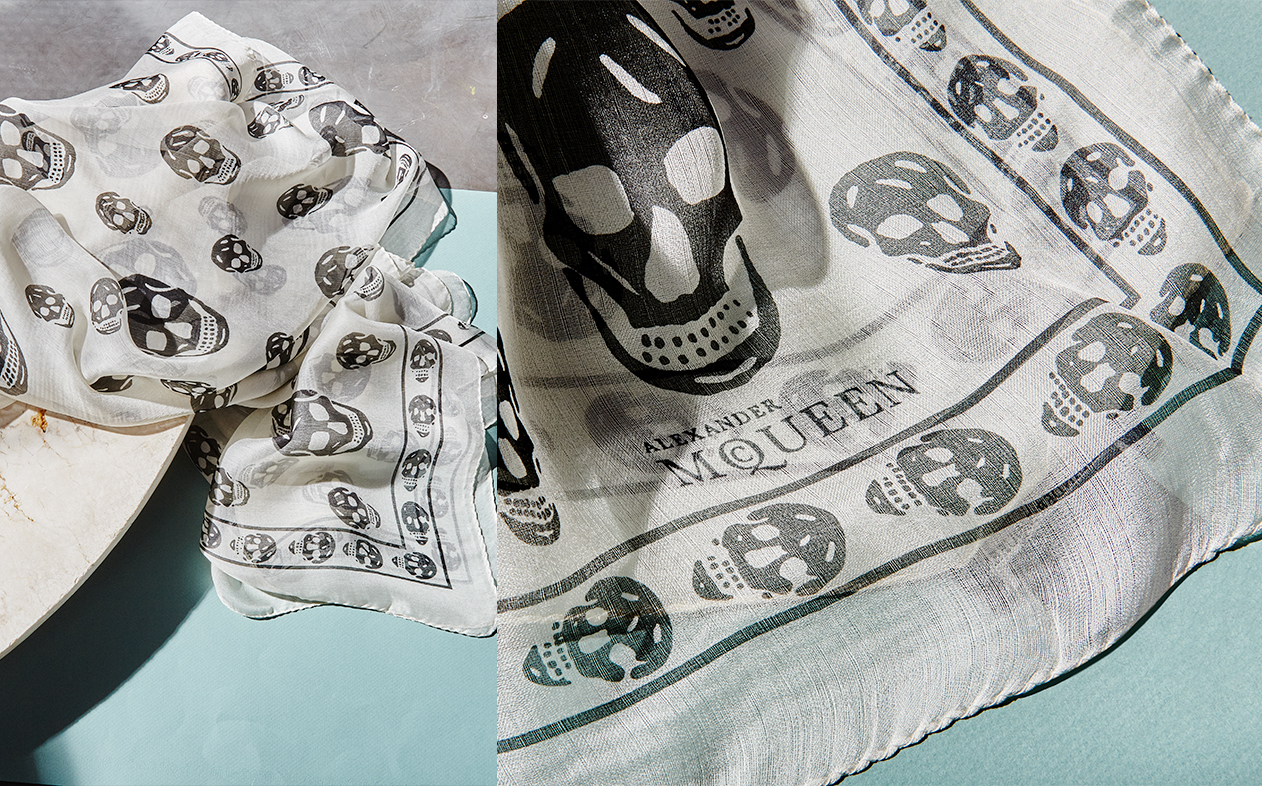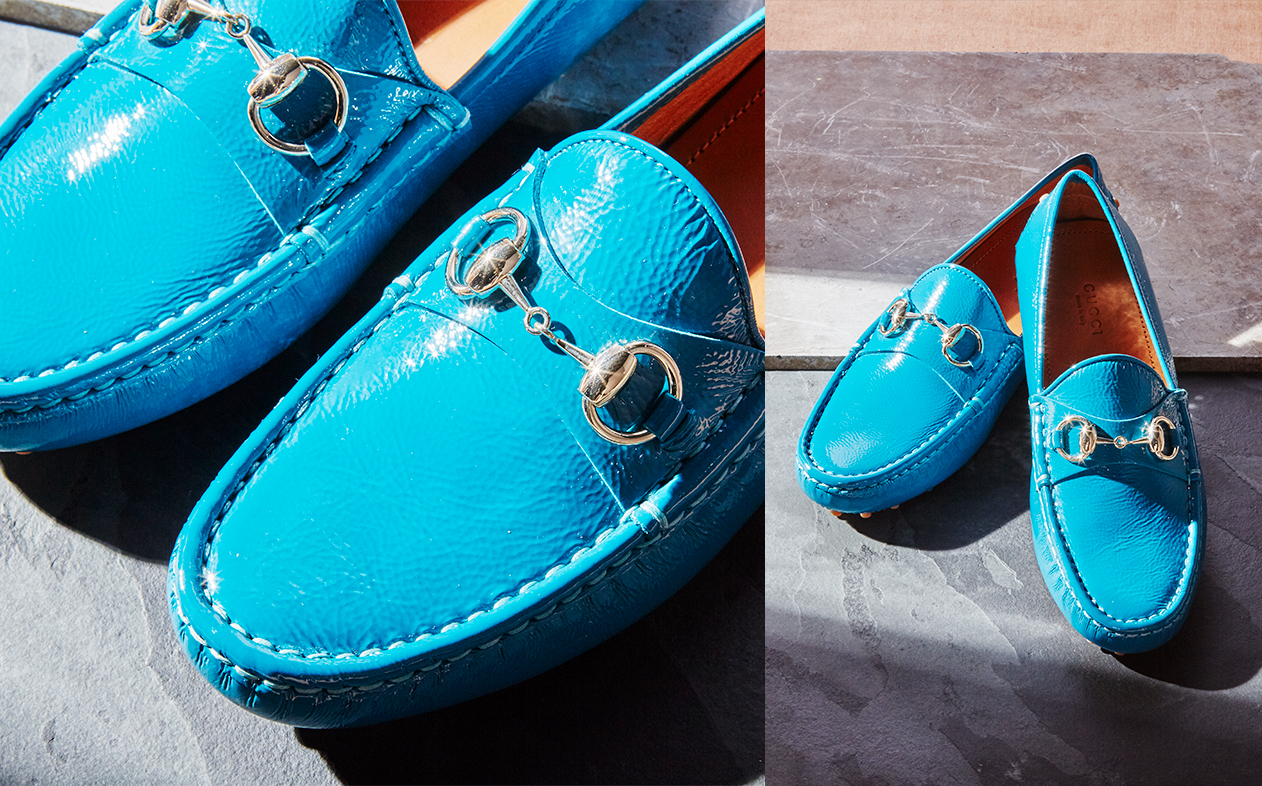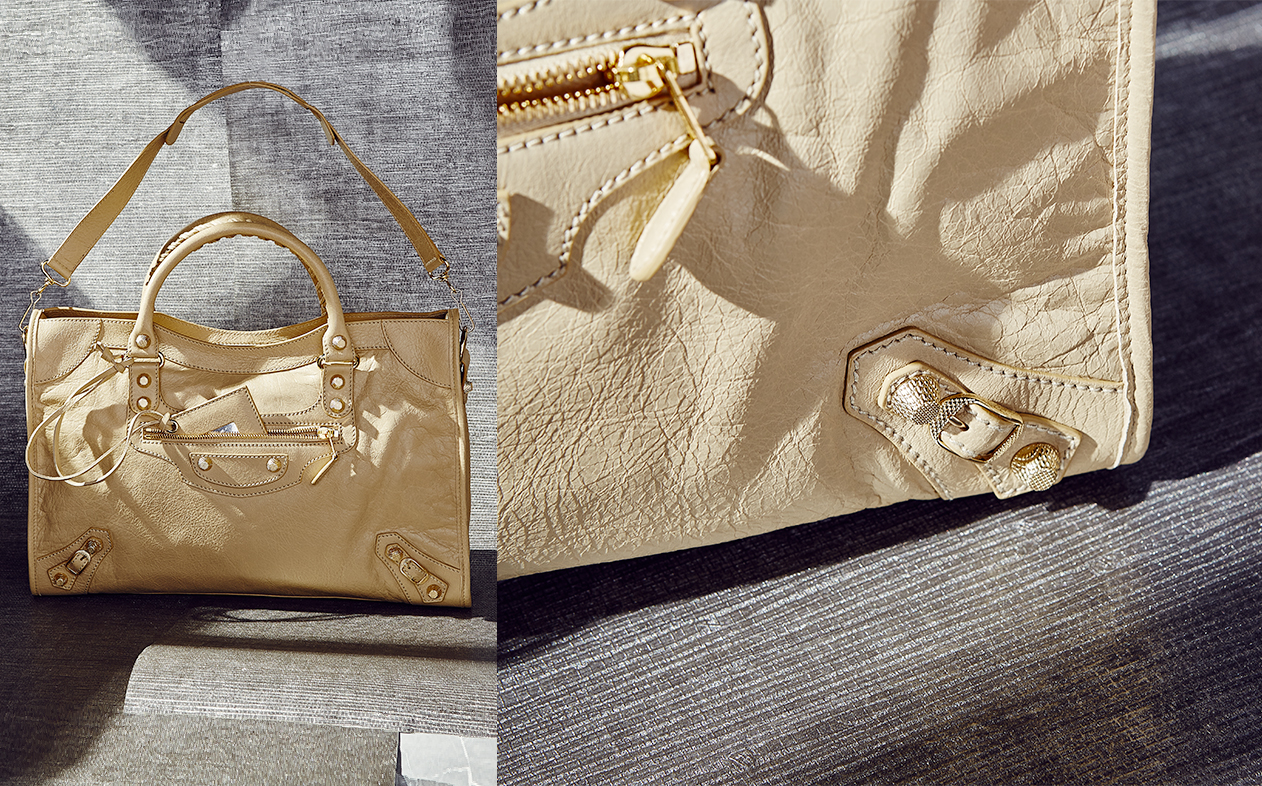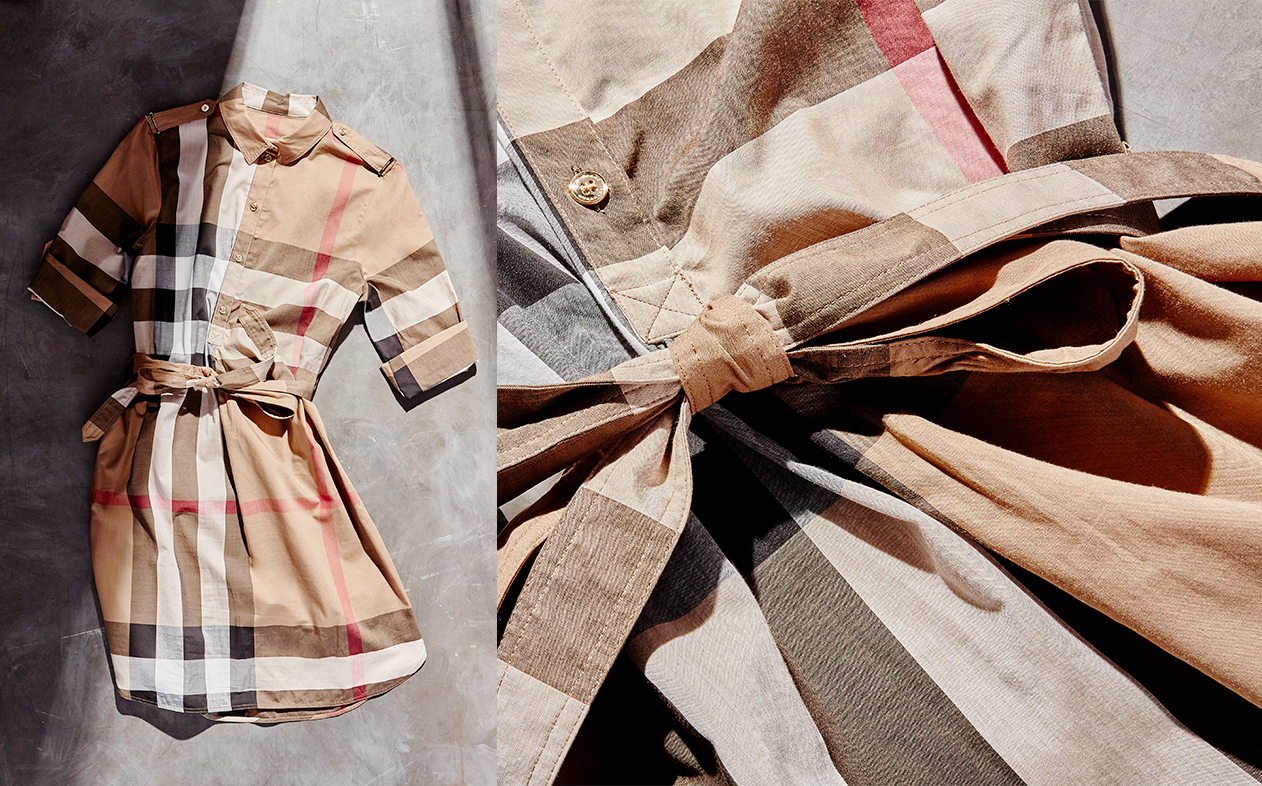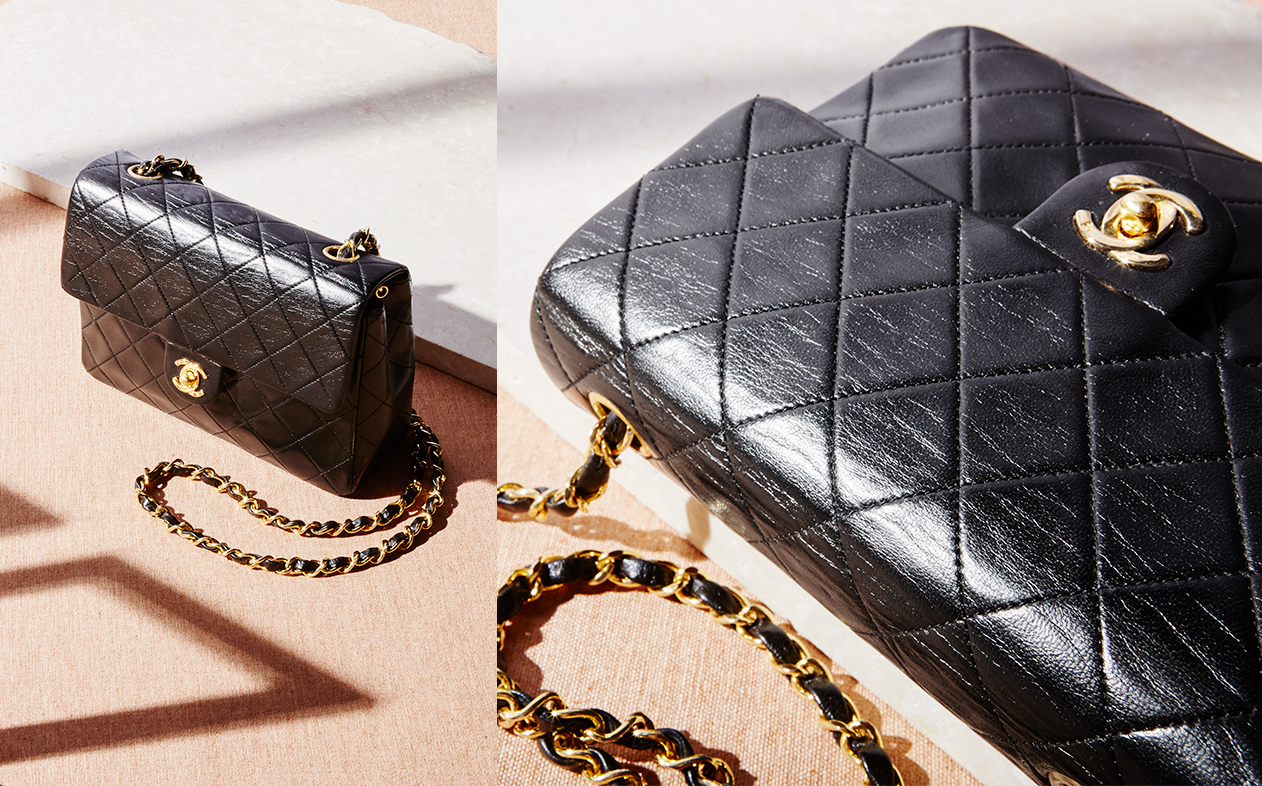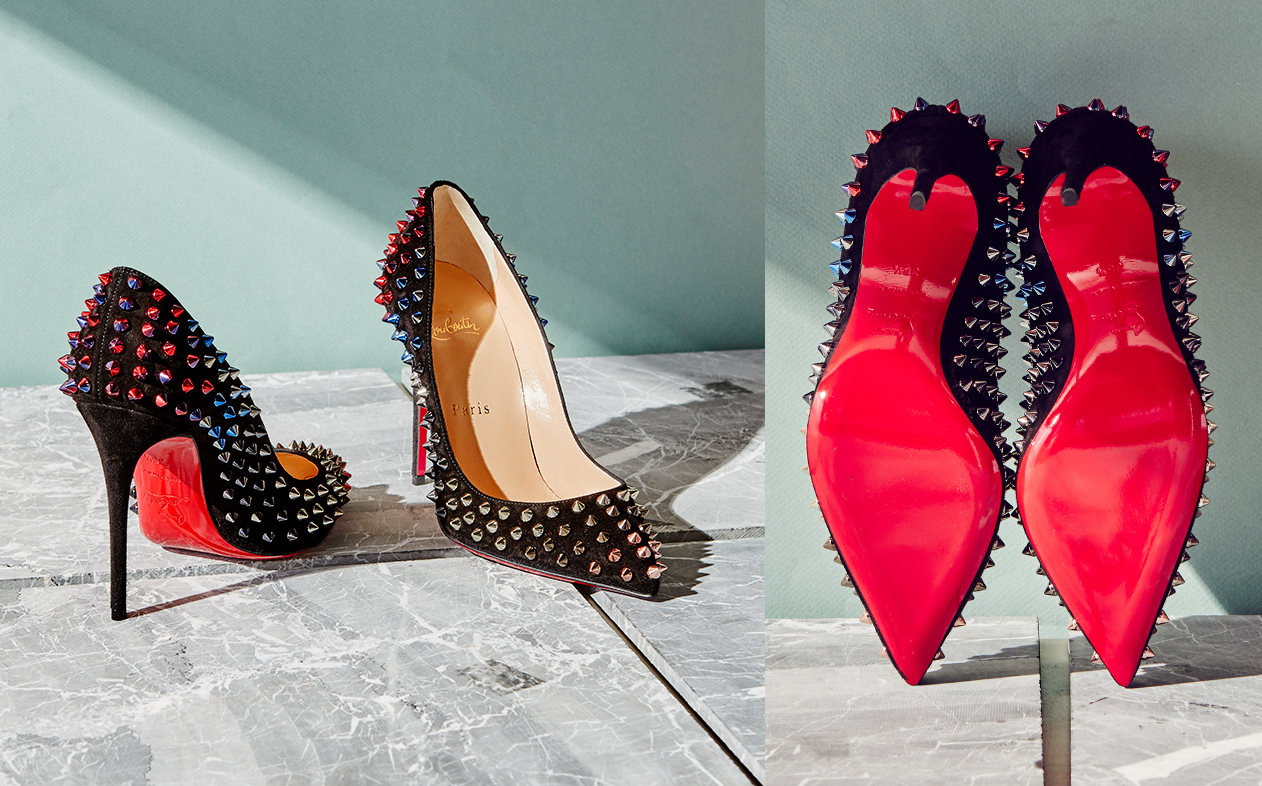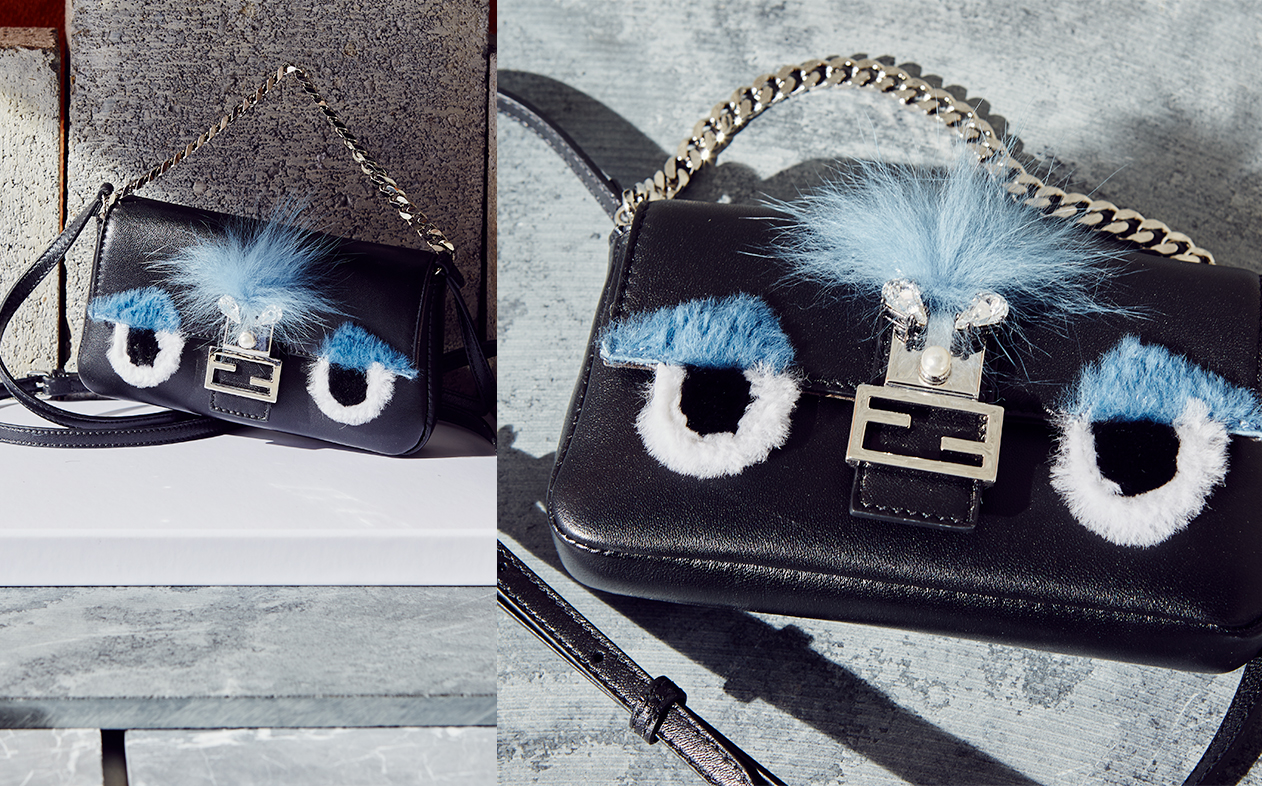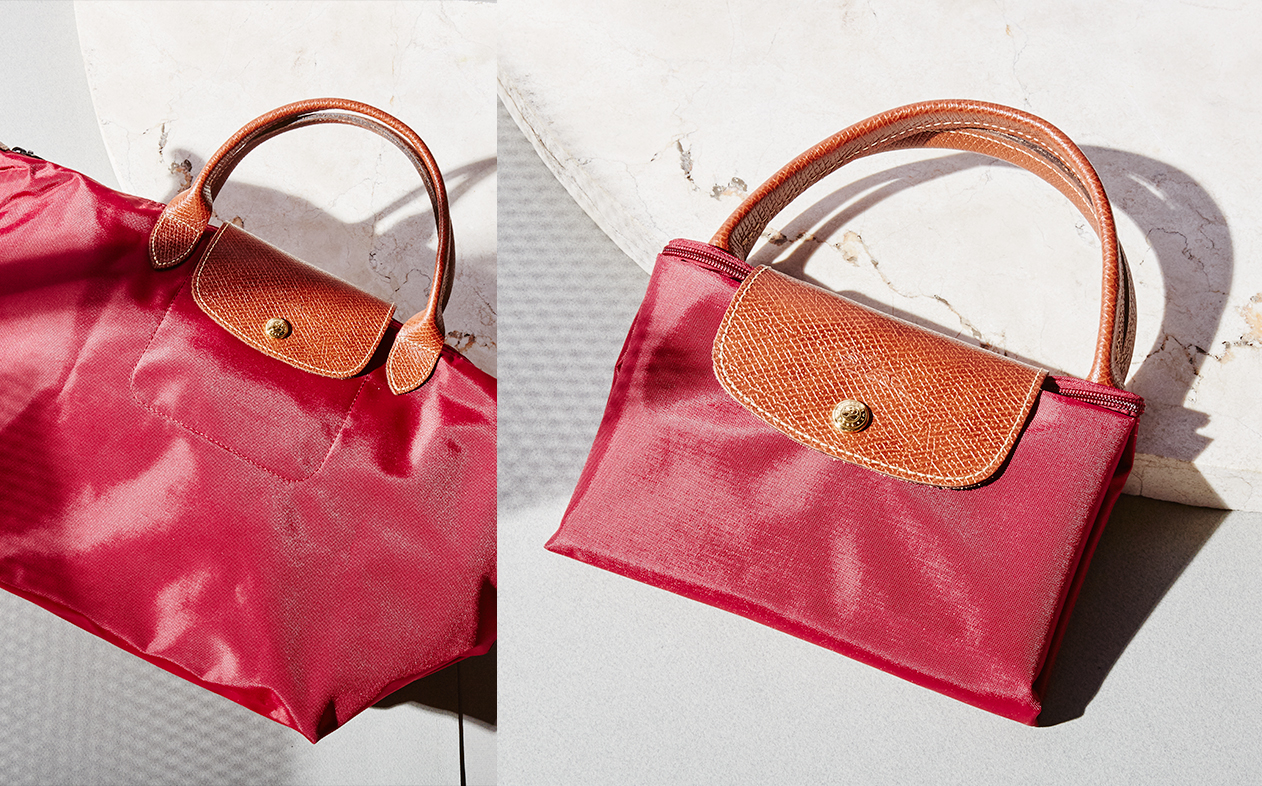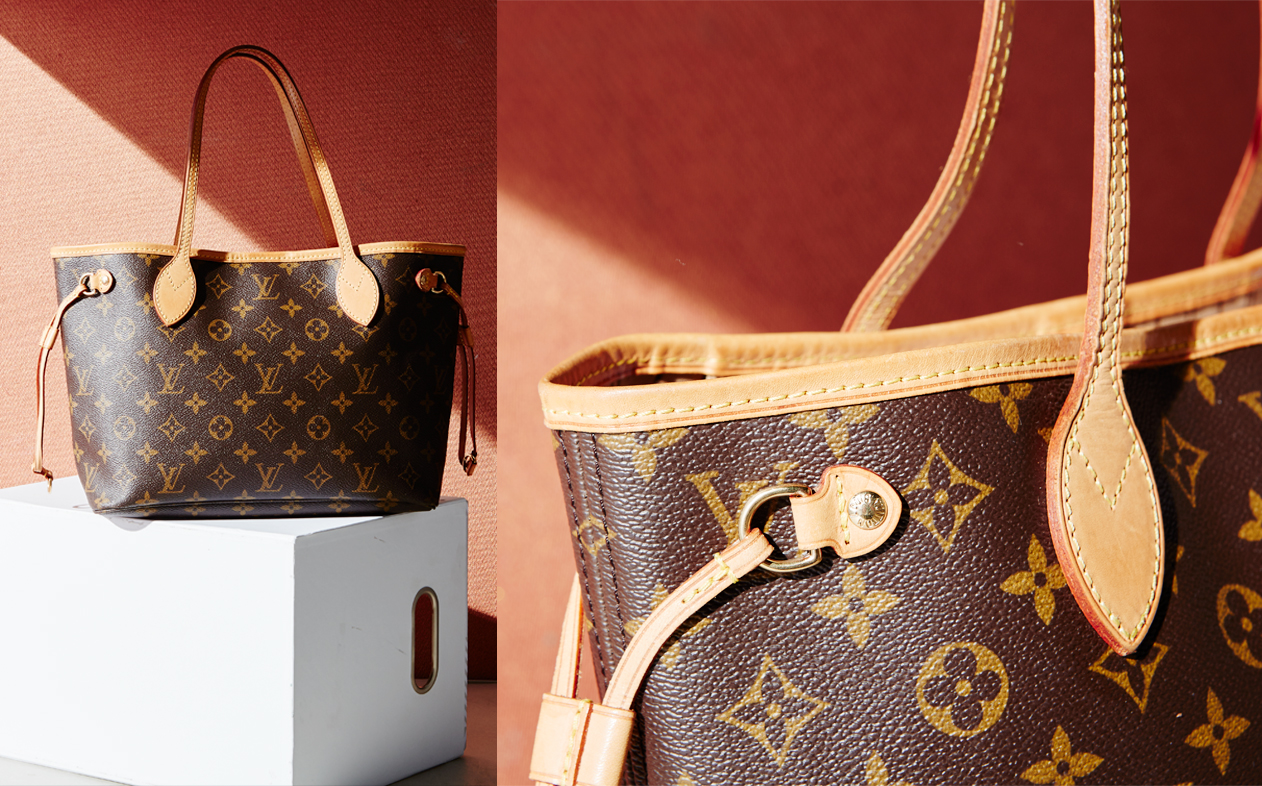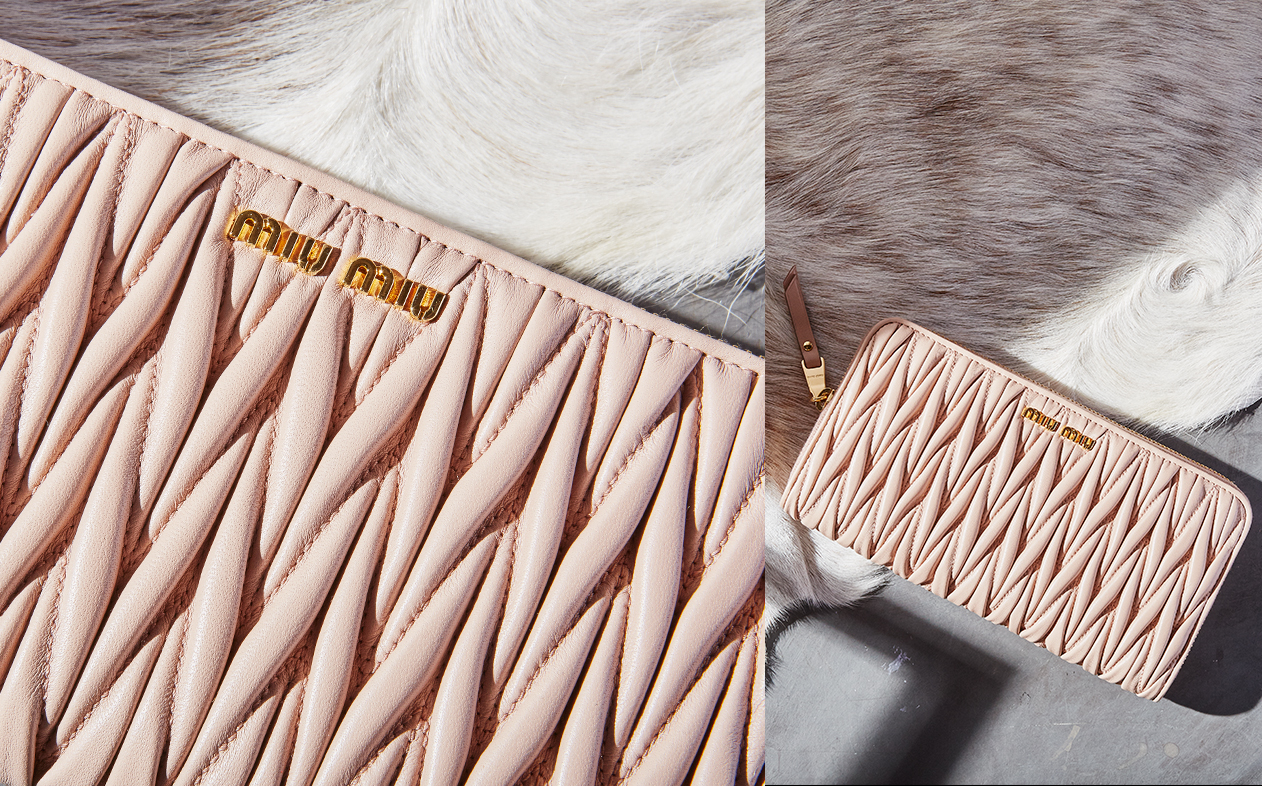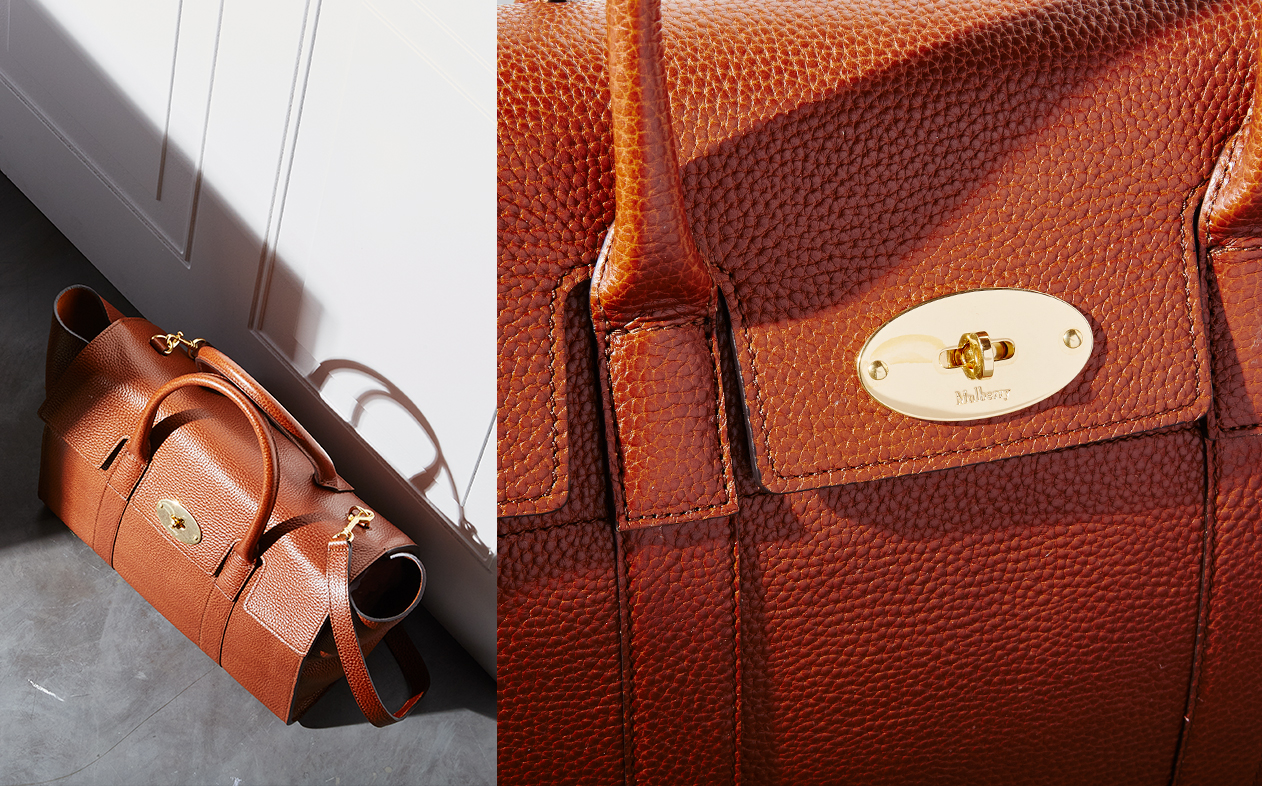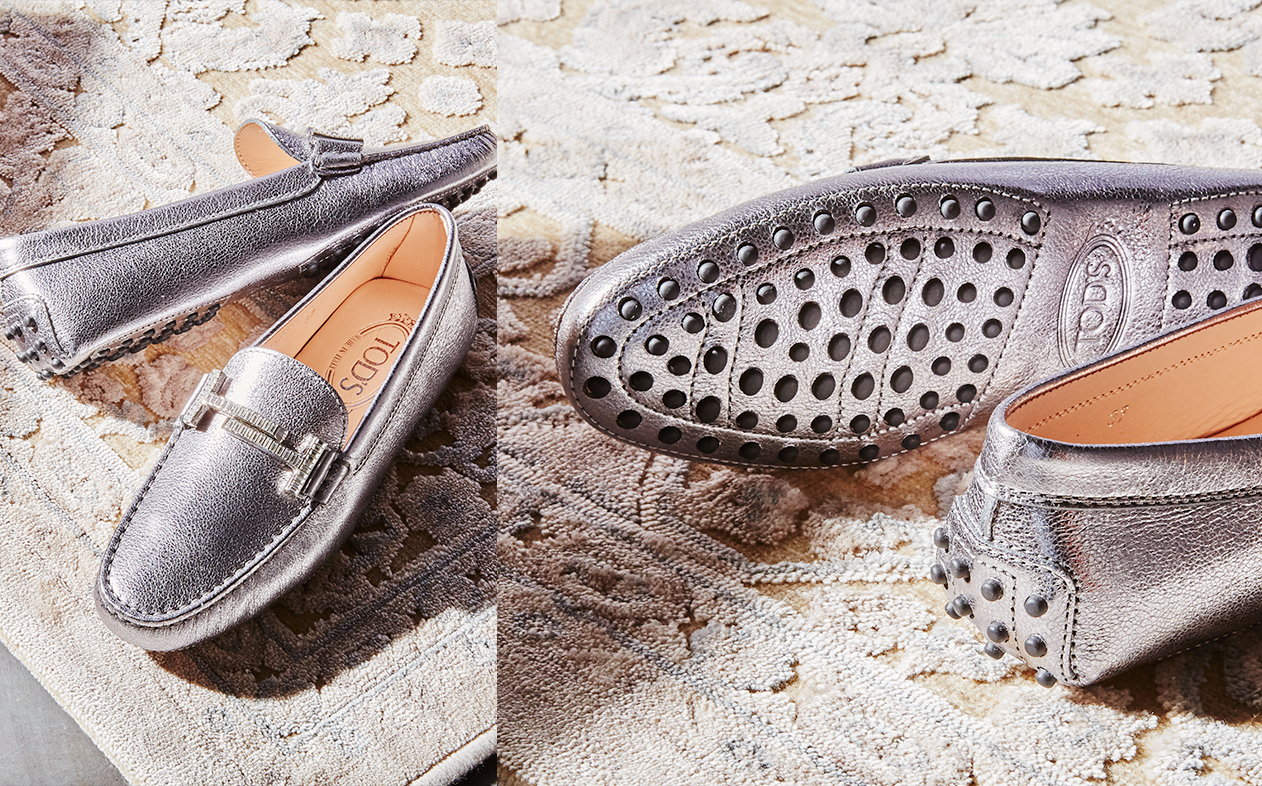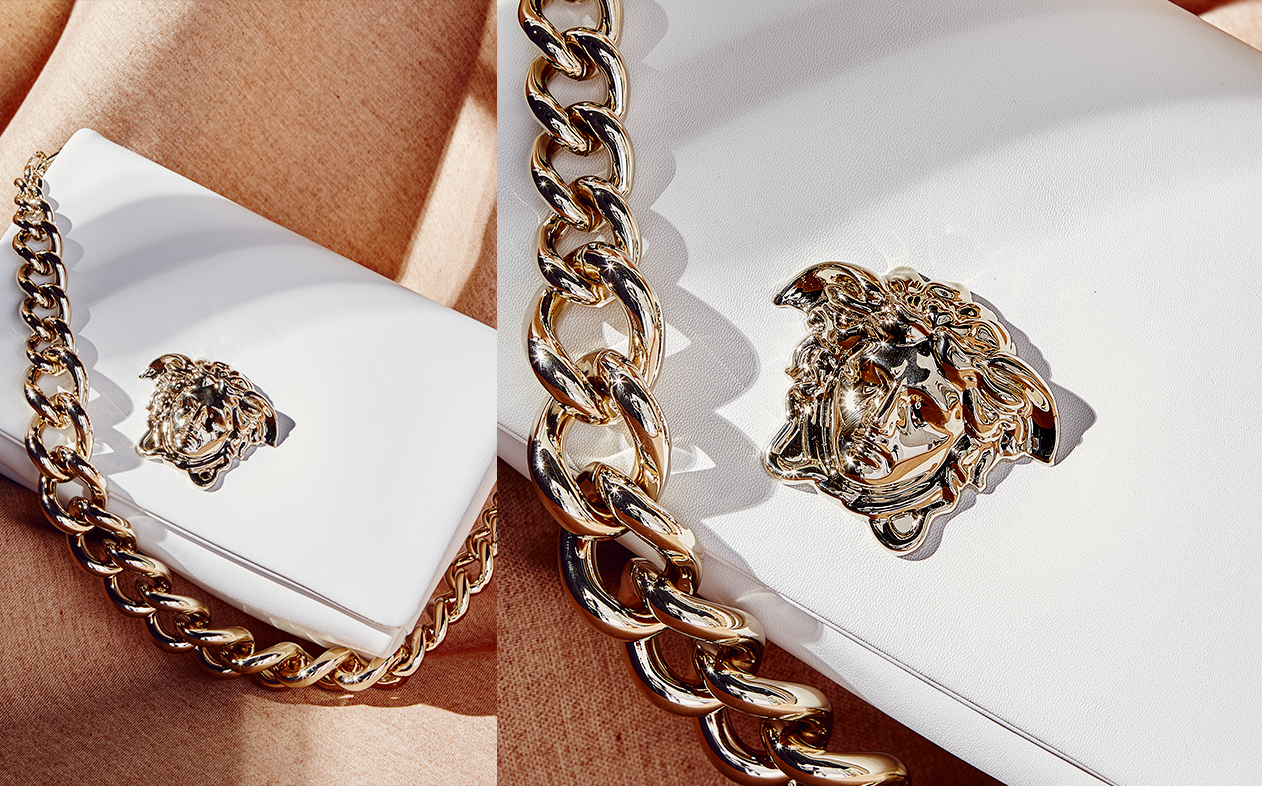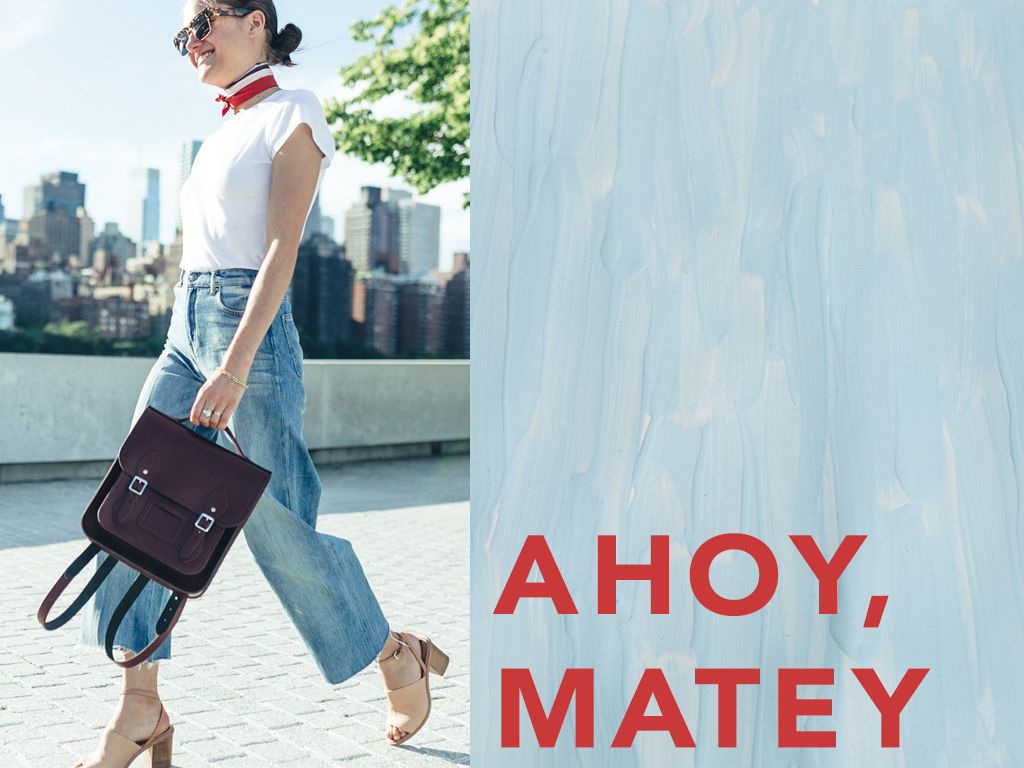It doesn’t take a fashion merchandising degree to recognize interlocking Cs or the flash of red on a stiletto’s sole. But do you know the story behind each detail? Consider this a crash course on history’s most enduring brand signatures.
Valentino: Rockstud
You knew this was coming. In 2010, Pierpaolo Piccioli and Maria Grazia Chiuri introduced a modestly heeled Rockstud, and it took off running. The style, with its juxtaposition of ladylike silhouette and edgy hardware, is now everywhere, extending into ballet flats, sandals, handbags, and jewelry. And we’re not even close to done with it.
Alexander McQueen: Skulls
Nothing says gothic romance like a skull print. Almost 15 years old, this edgy emblem was first spotted in the late designer’s Spring 2003 collection. Now, it appears on everything from iconic silk scarves to jewel-encrusted rings.
Gucci: Horse Bit
First Chanel, then Gucci: The equestrian inspiration is everywhere. In 1953, Aldo Gucci adorned a leather loafer with a horse-bit clasp. The design not only honored his father’s love of horses, it also reflected the fashion house’s origins as a saddlery. Who knew?
Balenciaga: City Bag
This slouchy motorcycle bag, with its rock ’n’ roll hardware, burst onto the scene in 2001… at a time when structure was king. But then Kate Moss grabbed the City Bag by its whipstitched handles, and the rest is history.
Burberry: Tartan
Fun fact: This “house check” started as trench coat lining in the 1920s. And that’s how it remained until the 1960s, when a Parisian store clerk turned up a mannequin’s hem to reveal a flash of plaid. Today, the preppy print knows no bounds.
Chanel: Quilting
The 2.55’s coveted diamond pattern is said to have been inspired by Coco’s love of horses – or rather, the quilted blankets they (and the stable hands) wear. And those interlocking Cs? Chanel saw something similar in the stained glass windows at Château de Crémat. But it wasn’t until the 1980s that Karl Lagerfeld added them to the bag’s clasp.
Christian Louboutin: Red Soles
We have Louboutin’s assistant to thank for those cherry soles. In 1993, the designer wanted to give his heels a pop of color. He grabbed his employee’s ruby red nail polish and painted the bottom of the shoes. Voila! A legend was born.
FENDI: Baguette
Anything consistently worn by Carrie Bradshaw is guaranteed to become iconic. Named for its French bread–like size and shape, this handbag silhouette was introduced by Silvia Venturini Fendi in 1997. Today’s most coveted versions are covered with fur and known as Monsters (yes, really).
Longchamp: Folding Nylon
Designed in 1993 by Philippe Cassegrain, the son of Longchamp’s founder, Le Plaige literally translates to “the folding.” This tote was inspired by Japanese origami and can collapse into the size of an envelope. Throw in the durable nylon material, and you have an on-the-go mainstay.
Louis Vuitton: Monogram Canvas
This discussion wouldn’t be complete without mentioning the OG monogram: LV. Created in 1896 by Louis’ son, Georges Vuitton, the interlocking letters have had quite the ride – from hard-sided luggage to Marc Jacobs’s graphic reinterpretation. Needless to say, it’s just as recognizable now as it was a century ago.
Miu Miu: Matelassé Leather
Quick fashion vocab lesson: Matelassé is a French term meaning “cushioned” or “padded.” In leather, it’s oh-so-luxe, and no one does it better than Miu Miu. The quirky texture encapsulates the label’s playful femininity and quickly became a signature (especially in the Club style).
Mulberry: Postman’s Lock
Mulberry’s penchant for a turnkey lock has set its handbags apart for decades. The oval hardware is clean and simple and manages to convey the brand’s British sophistication and minimalism – all without an in-your-face logo.
TOD’s: Driving Moccasins
The Gommino loafer effortlessly toes the line between casual and refined. First brought to life in the1970s by Diego Della Valle, each pair requires over 100 steps to create. And those 133 rubber studs on the sole? They were revolutionary at the time, with most high-end labels preferring leather bottoms.
Versace: Medusa
Quick refresher: Medusa is a figure in Greek mythology. Apparently, Gianni Versace used to play in the Roman ruins as a child and often encountered images of her. His choice to use her face as the logo is indicative of his desire to associate Versace with classical beauty, strength, temptation, and even danger.
Bottega Veneta: Woven Leather
Yes, that distinctive weave (known as intrecciato) looks impressive – and with good reason. Each piece is done entirely by hand and takes an expert craftsman two whole days to make. It’s no wonder the technique itself has been trademarked.
By Sophie Dodd, Staff Writer

